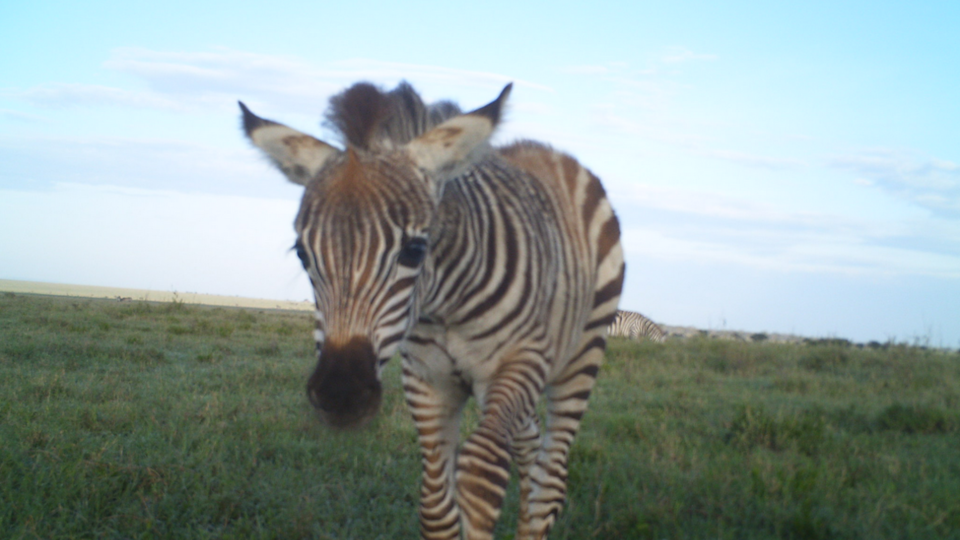Science News
High-Tech Tracking in the Savannah

The African savannah hosts an incredible abundance of life. The rich ecosystem supports diverse plants and animals, but tracking exactly which animals and their numbers, plus how they co-exist and behave, can be challenging for researchers. However, two recent studies have accomplished those tasks using newer technologies and a whole lot of people power.
In the first study, published last week in the Proceedings of the National Academy of Sciences, a team of scientists used a modern technique known as DNA metabarcoding to determine which animals were eating which plants in southern Kenya’s savannah. The researchers had understood that plant life there supports many different large herbivores, but how did the large mammals share the wealth? How did the savannah not become overeaten or under-populated?
Aside from the landscape, the fieldwork wasn’t pretty. The scientists collected poop—or more scientifically, close to 300 fecal samples—from seven different species of animals. Sequencing this end product of the animals’ diet allowed scientists to match DNA sequences with a reference library to get an idea of the species (or general families) that exist within a sample. With this, the team created a big picture view of the food web in the savannah. Animals within the same species have very similar diets, but different animals eat different grasses and other vegetation, allowing the large mammals to co-exist. “Grazers ate similar total amounts of grass but different suites of grass species,” the team writes.
The second study, published today in Scientific Data, offers a very different view of the savannah, employing a very different technology. Over a three-year period, 225 camera traps captured 1.2 million pictures of wildlife in Serengeti National Park. That’s a lot of data, so the research team collaborated with Zooniverse to create a platform where citizen scientists could view those images to identify the animals and enter their behaviors.
On the website snapshotserengeti.org, tens of thousands of volunteers contributed 10.8 million classifications of 48 different species in those camera trap images. Many observations overlapped, and to aggregate the data, the scientists created an algorithm to combine the observations into a single identification. In addition, to ensure the data’s accuracy, a small team of experts randomly identified 4,000-plus images, corresponding to a 96.6% success rate for the citizen scientists.
Now that the data are openly available to scientists and the public worldwide, the study’s authors hope that resources provide “an unparalleled opportunity to investigate multi-species dynamics in an intact ecosystem.”
Credit: SnapshotSerengeti